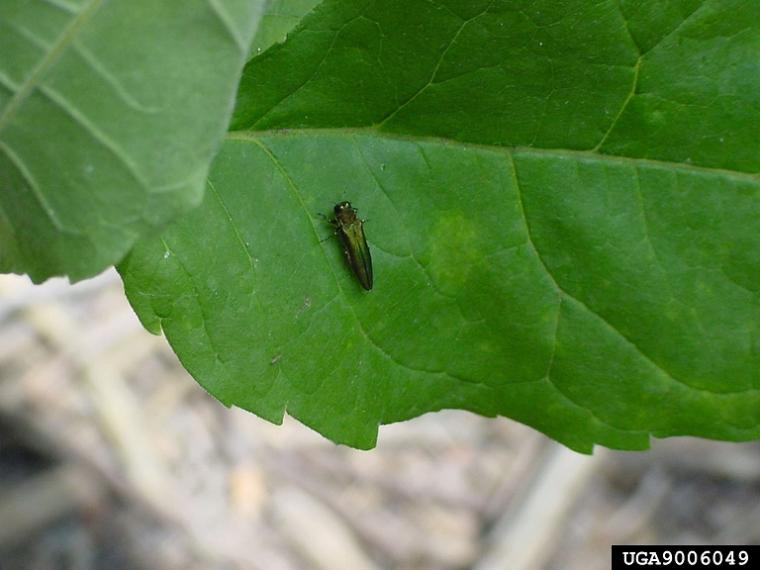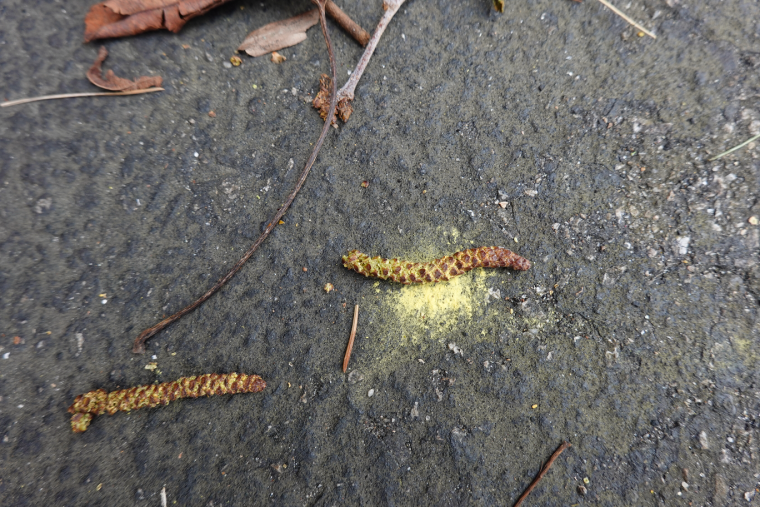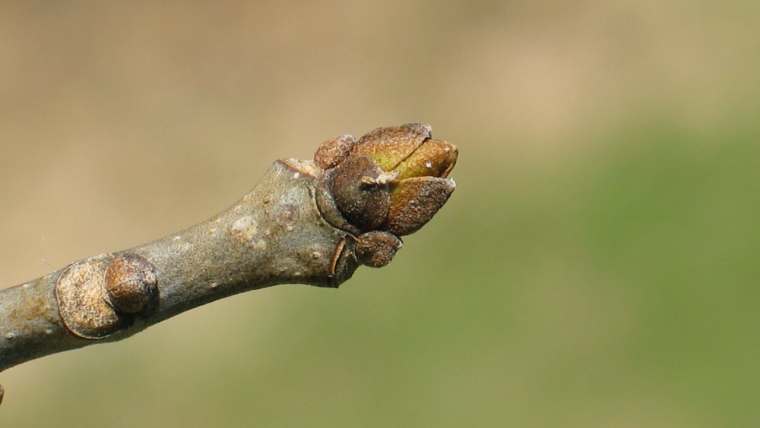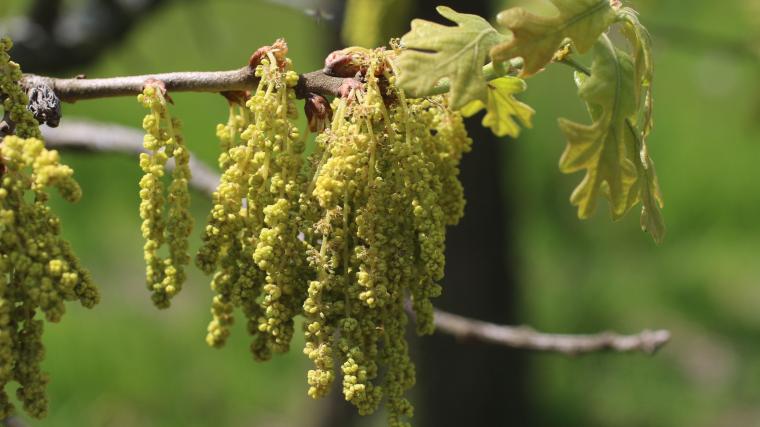
Creating a better forecast for invasive emerald ash borer



Pheno Forecast maps predict key life cycle stages in invasive and pest species, to improve management efficacy. For insect pest species, Pheno Forecasts are based on published growing degree day (GDD) thresholds for key points in species life cycles. These key points typically represent life cycle stages when management actions are most effective. These maps are updated daily and available 6 days in the future.
Help us improve these maps! Our Pheno Forecast map products are still in development, and we seek input on their performance in your area. Give your feedback at the bottom of the page.
Learn more about this forecast using our visualization tool!

Pheno Forecast maps predict key life cycle stages in invasive and pest species, to improve management efficacy. For insect pest species, Pheno Forecasts are based on published growing degree day (GDD) thresholds for key points in species life cycles. These key points typically represent life cycle stages when management actions are most effective. These maps are updated daily and available 6 days in the future.
Help us improve these maps! Our Pheno Forecast map products are still in development, and we seek input on their performance in your area. Give your feedback at the bottom of the page.
Learn more about this forecast using our visualization tool!

This in-depth guide describes everything you need to know to create a Local Phenology Program, from planning your program to getting your program set up in Nature's Notebook and in the field.
This 10-step guide helps you to plan your Local Phenology Program, including defining your science questions, developing short-, medium-, and long-term goals, identifying stakeholders and resources, creating an action plan to realize your goals and a sustainability plan to maintain your program, and writing an annual report to document your progress and accomplishments.